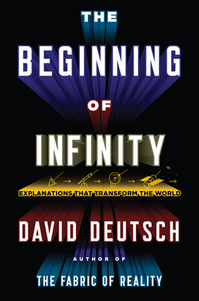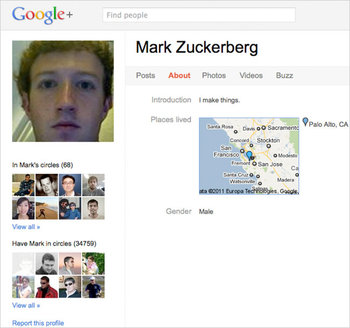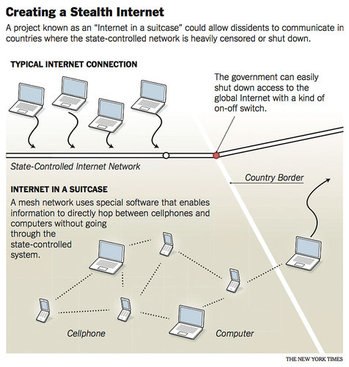
“David Deutsch.” Source of caption and photo: online version of the NYT review quoted and cited below.
(p. 16) David Deutsch’s “Beginning of Infinity” is a brilliant and exhilarating and profoundly eccentric book. It’s about everything: art, science, philosophy, history, politics, evil, death, the future, infinity, bugs, thumbs, what have you. And the business of giving it anything like the attention it deserves, in the small space allotted here, is out of the question. But I will do what I can.
. . .
The thought to which Deutsch’s conversation most often returns is that the European Enlightenment of the 17th and 18th centuries, or something like it, may turn out to have been the pivotal event not merely of the history of the West, or of human beings, or of the earth, but (literally, physically) of the universe as a whole.
. . .
(p. 17) Deutsch’s enthusiasm for the scientific and technological transformation of the totality of existence naturally brings with it a radical impatience with the pieties of environmentalism, and cultural relativism, and even procedural democracy — and this is sometimes exhilarating and sometimes creepy. He attacks these pieties, with spectacular clarity and intelligence, as small-minded and cowardly and boring. The metaphor of the earth as a spaceship or life-support system, he writes, “is quite perverse. . . . To the extent that we are on a ‘spaceship,’ we have never merely been its passengers, nor (as is often said) its stewards, nor even its maintenance crew: we are its designers and builders. Before the designs created by humans, it was not a vehicle, but only a heap of dangerous raw materials.” But it’s hard to get to the end of this book without feeling that Deutsch is too little moved by actual contemporary human suffering. What moves him is the grand Darwinian competition among ideas. What he adores, what he is convinced contains the salvation of the world, is, in every sense of the word, The Market.
For the full review, see:
DAVID ALBERT. “Explaining it All: David Deutsch Offers Views on Everything from Subatomic Particles to the Shaping of the Universe Itself.” The New York Times Book Review (Sun., August 14, 2011): 16-17.
(Note: ellipses between paragraphs added; ellipsis in Deutsch quote in original.)
(Note: the online version of the review is dated August 12, 2011 and has the title “Explaining it All: How We Became the Center of the Universe.”)
Book under review:
Deutsch, David. The Beginning of Infinity: Explanations That Transform the World. New York: Viking Adult, 2011.







